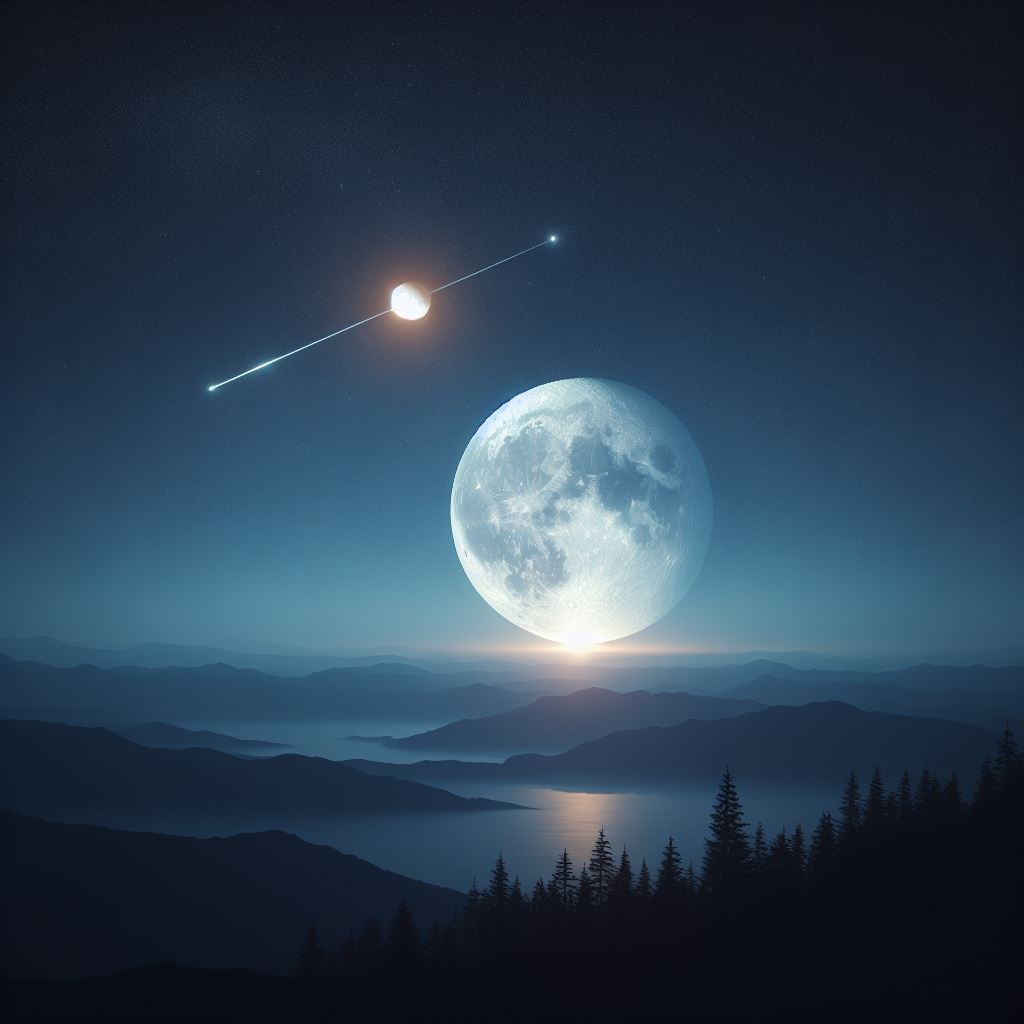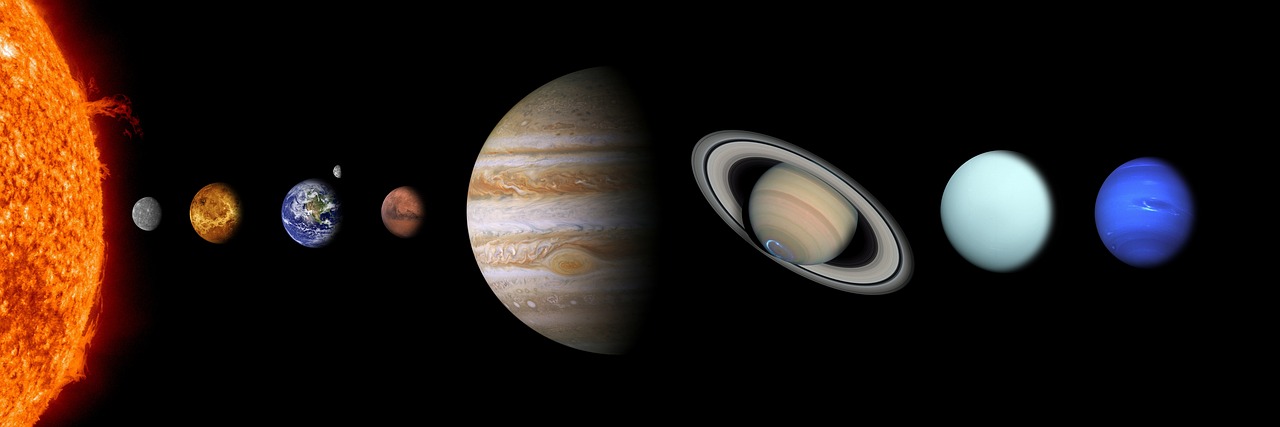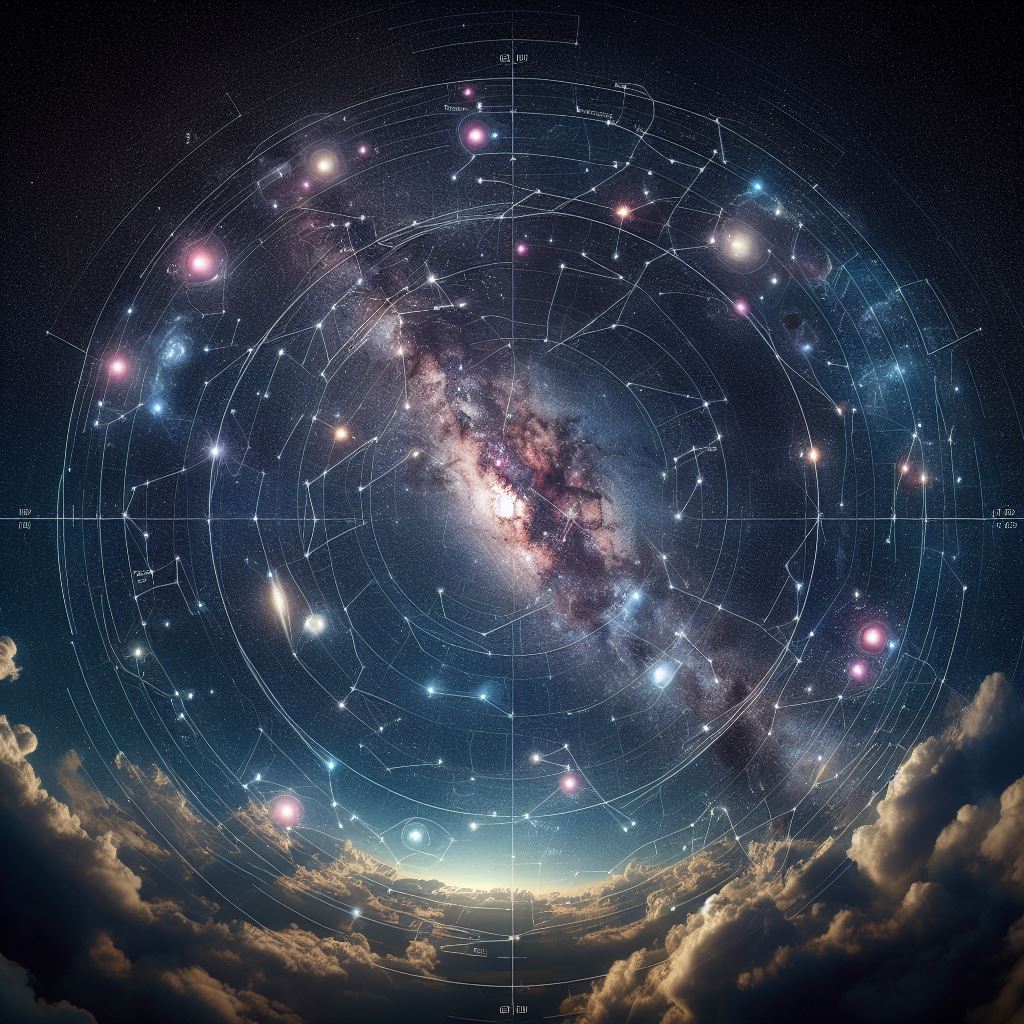Tonight’s night sky is filled with stars and planets, but when we look for the brightest point in our night sky, we can’t overlook our best star – the Sun. The Sun is brighter than all the stars in the sky combined, but if we look beyond it, we discover other amazing celestial objects.
The brightest star in the night sky is Sirius, which is located in the constellation Canis Major. How do we find it? Just extend the line from three stars representing Orion’s Belt in the constellation Orion. But be aware, look for Orion in the southern part of the sky, not in the north. When you create a line using these stars, you’ll arrive directly at the star Sirius.
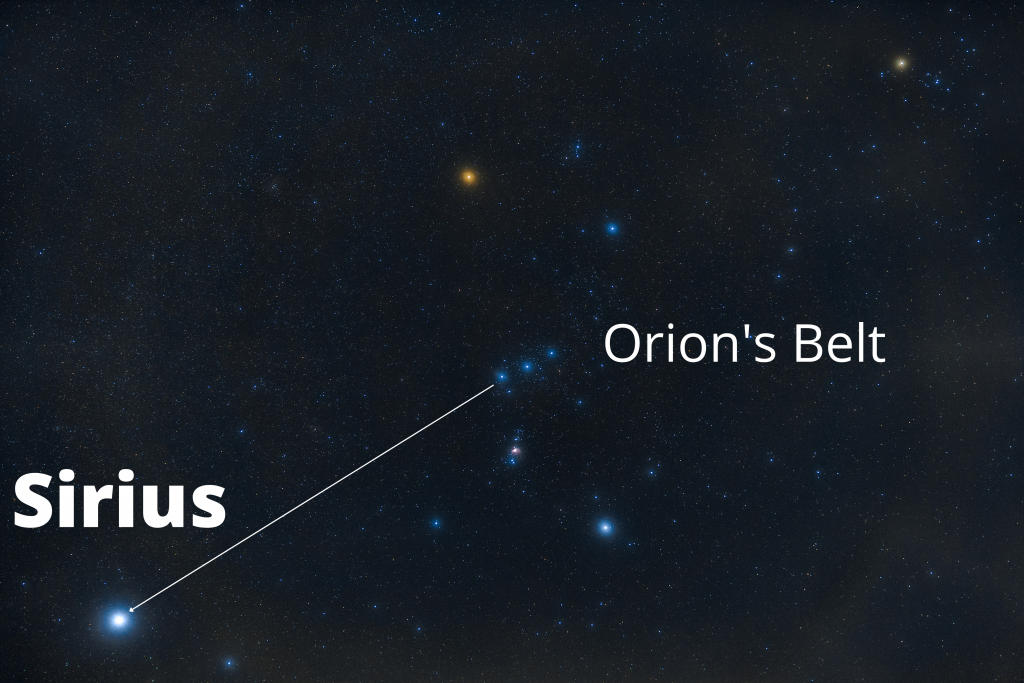
Canopus (Alpha Carinae) – Canopus is the second-brightest star in the night sky and is located in the constellation Carina (The Keel). It is visible primarily in the southern hemisphere.
Alpha Centauri – Alpha Centauri is a triple star system located in the constellation Centaurus (The Centaur). It is the third-brightest star in the sky and is also the closest neighbor to the Sun. The Alpha Centauri system is commonly visible in the southern hemisphere, while in the northern hemisphere, it is typically low above the horizon or invisible from February to May.
Arcturus (Alpha Boötis) – Arcturus is the brightest star in the constellation Boötes (The Herdsman). It is visible in the northern hemisphere and has a distinctive orange hue. It is most prominent in the spring and summer when it rises in the east after sunset and remains visible for most of the night. In the fall and winter, Arcturus is low above the horizon and less conspicuous.
And what about other bright objects in the sky?
These are the planets, which are excellent objects for observation. How can you distinguish them? Stars emit stable white light, while planets have a distinct hue. Planets are often the brightest objects in the night sky, apart from the Sun and the Moon.
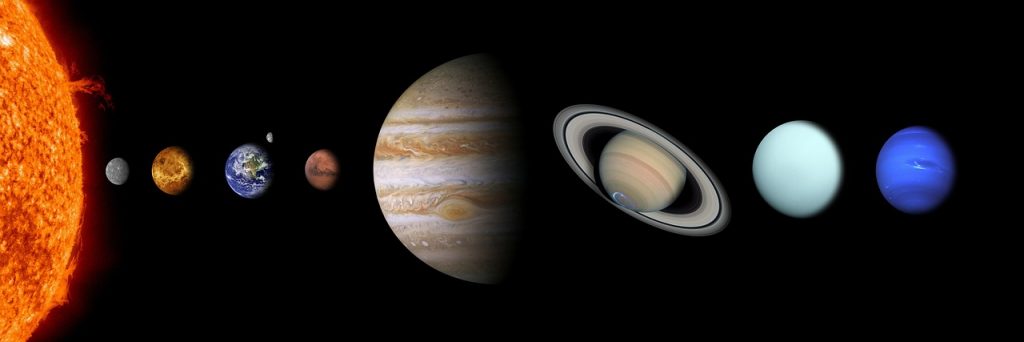
Each planet has its own color. Venus is brilliantly bright and can resemble a crescent moon. It appears as the Morning Star if it rises in the morning or the Evening Star if it sets in the evening. Mars has a reddish hue, earning it the nickname the Red Planet. Jupiter has a brick-red appearance and has several large moons, including Ganymede, which is the largest moon in the solar system. Saturn is pale yellow, and you can observe its iconic ring system, even with a small telescope. Uranus, Neptune, and Pluto are not visible to the naked eye.
And what about meteor showers?
Meteor showers are some of the most spectacular astronomical phenomena you can observe. Here’s more information about three well-known meteor showers and the best times to observe them:
Perseids: The Perseids are one of the most popular meteor showers and occur annually around August 9th to 13th. Their peak activity usually occurs around August 11th and 12th. The Perseids are known for their bright and fast meteors. The best time to observe them is late in the evening and early morning when the Perseids enter the atmosphere, creating sparkling streaks.
Geminids: The Geminids are particularly impressive meteor shower, peaking between December 13th and 14th. This shower is known for producing a large number of meteors and has its origin near the Gemini constellation. Geminids are often visible from the early evening and peak late at night.
Leonids: The Leonids are active from November 6th to 30th, with their maximum activity typically around November 17th and 18th. This meteor shower is named after the Leo constellation, where the meteors appear to originate. Leonids can be irregular, but in some years, they offer impressive meteor outbursts known as “Leonid storms.”
To observe these meteor showers, find a location as far away from light pollution as possible, such as a rural area or a horizon with the best view of the sky. It’s also important to have patience, as meteor showers can vary in levels of activity and speed. Prepare with a warm sleeping bag, a comfortable chair, and watch the beautiful meteors entering our atmosphere and creating fiery streaks in the night sky.
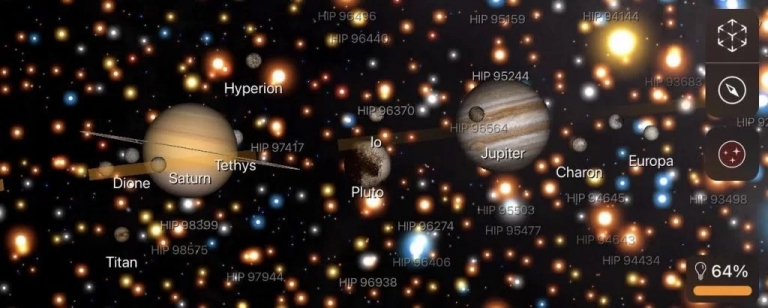
How to Determine the Positions of Planets and Stars?
If you want to easily determine the positions of planets and stars, you can use various sky mapping apps. One recommended app is “Sky Map,” available on the Google Store for Android, and “Night Sky” for iPhone. Simply point your phone towards the sky, and you’ll see the names of planets, stars, and constellations displayed on your mobile screen. With these apps, you’ll become true celestial navigators and be better equipped to explore the wonders of the night sky. So whether you’re planning to observe the Sun, stars, or planets, you now have all the information you need for a successful night of stargazing.


